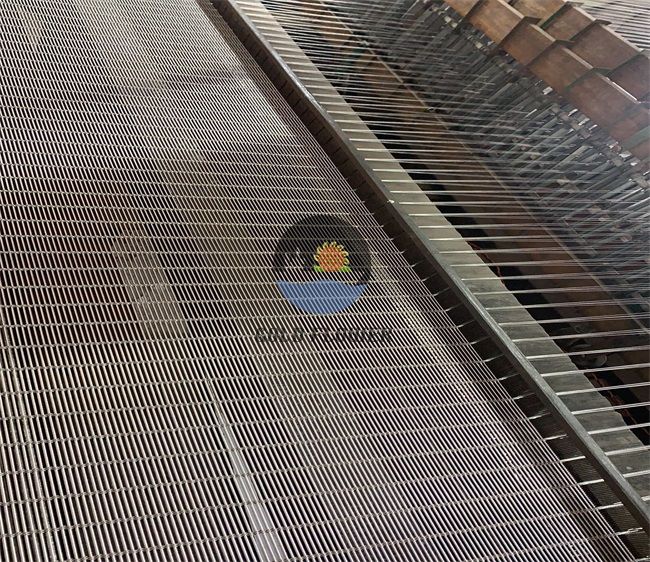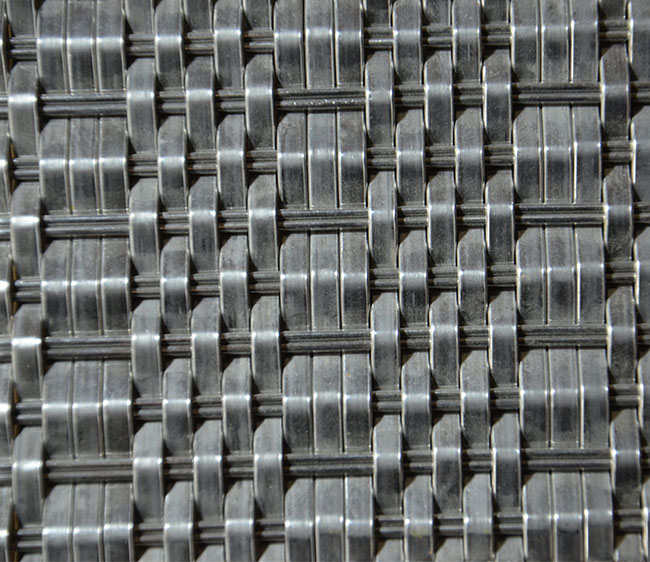Jul . 28, 2025 10:01 Back to list
Decorative Perforated Metal Panels & Sheets with Unique Patterns
In today's architectural and industrial landscape, decorative perforated metal has emerged as a leading solution for modern design, structural enhancement, and practical functionality. This article explores the latest industry trends, key technologies, manufacturing processes, application fields, technical advantages, and vendor selection guidelines for decorative perforated sheet metal patterns, decorative perforated metal panels, and related products. Drawing from authoritative sources and real data, we provide in-depth insight, specification charts, comparative analysis, case studies, and a practical FAQ to empower architects, engineers, and buyers seeking optimal solutions.
Industry Trends and Market Overview
The global decorative perforated metal market is witnessing a robust CAGR of 4.2% from 2021 to 2027 (source: MarketsandMarkets). Architectural and interior design demand for aesthetic, ventilated, and sustainable materials is pushing the adoption curve. Rising technological advancements in CNC punching and laser cutting have enabled highly intricate decorative perforated sheet metal patterns tailored to customer requirements. Green building regulations and innovation in anti-corrosive finishes drive the use of decorative perforated metal panels in both exterior façades and interior partitions.

- Architectural design: Façades, partitions, sunscreens, ceiling panels
- Industrial use: Machinery guards, ventilation grilles, process screens
- Growing customized demand for unique patterning and finishes
- Shift toward eco-friendly, durable, and energy-saving materials
Technical Parameters: Material, Process & Specification Comparison
Selecting the optimal decorative perforated metal panels for your project involves understanding technical parameters, including base material, pattern type, open area, panel thickness, finish, and durability. Below is a parameterized comparison table for mainstream decorative perforated sheet metal types.
| Parameter | Option 1: Standard Facade Panel | Option 2: Acoustic Ceiling Grid | Option 3: Interior Decorative Sheet |
|---|---|---|---|
| Material | Aluminum 3003-H14 | Galvanized Steel, ASTM A653 | Stainless Steel 304/316 |
| Panel Thickness | 2.0 mm | 1.2 mm | 1.5 mm |
| Pattern | Customized geometric or floral | Round hole 10mm dia., 20mm pitch | Hexagonal/Slotted/Logo cut-out |
| Open Area % | 36% - 49% | 23% - 31% | 15% - 38% |
| Panel Size (mm) | 1200 x 2400 | 600 x 1200 | Customized, up to 1500 x 4000 |
| Finish | PVD, Anodized, Powder Coated | Polyester Paint or Plain Zinc | Satin Polish or Mirror Polish |
| Service Life | > 20 years | > 15 years | > 25 years |
| Certifications | ISO 9001, EN 13501-1 | ISO 9001, ASTM E84 | ISO 9001, ANSI/ASME |
Manufacturing Process of Decorative Perforated Metal
High-purity aluminum, stainless, or galvanized steel sheets, certified to ISO 9001/ASTM/EN standards.
Automated, computer-controlled machines perforate precise patterns (decorative perforated sheet metal patterns).
Edges smoothed, then coated (anodizing, powder-coating, PVD, galvanizing) to ensure durability & anti-corrosion.
Bending, curving, or framing for panel integration per engineering drawings.
Dimensional accuracy & surface quality checked per EN/ISO/ANSI; packaged for safe logistics.

Technology Advantages
- CNC Precision: Up to 0.1mm tolerance and complex formability for fully customized project requirements.
- Surface Engineering: Superior finishes (powder-coat, anodized, PVD) tested for 1,000+ hours salt-spray anti-corrosion per ISO 9227.
- Mechanical Performance: Durable under wind loads up to 2.0kPa, excellent rigidity for façade applications.
- Acoustic & Ventilation: Open areas engineered to balance sound absorption, light diffusion & airflow.
- Eco-friendly: 80%+ recyclable content, meets LEED v4 material requirements.
Vendor Comparison: Choosing the Right Decorative Perforated Metal Panels
Global supplier evaluation is critical to ensure material quality, timely delivery, and cost-effectiveness. Trusted manufacturers of decorative perforated metal panels for sale typically adhere to ISO 9001 and relevant ASTM/EN standards. Compare features as shown:
| Vendor | Certifications | Customization | MOQ | Lead Time | Notable Projects |
|---|---|---|---|---|---|
| WireMeshBST | ISO 9001, CE, SGS | Full OEM/ODM, CNC-cut to spec, finishes | 10 sqm | 12-18 days | Mall facades, hospital partitions |
| Architectural Metal Inc. | ISO 9001, UL | Patterns, finishes, install hooks | 20 sqm | 20-28 days | Office towers, museums |
| DecoMetals EU | EN 1090, ISO 14001 | Standard/modular only | 30 sqm | 24-35 days | Retail signage, airports |

Custom Solutions & Design Schemes
- Design Engineering Support: Full 3D modeling/schematic drawings; digital samples for pre-approval.
- Pattern Development: Unlimited decorative perforated sheet metal patterns with advanced CAD/CAM programming.
- Integrated Framing & Backlighting: Mounting, stiffeners, and diffuser back-panels available as custom add-ons.
- Finish Options: Anodization (15μm min), powder-coat (180+ RAL colors), brushed/satin/mirror polish, anti-microbial surface on request.
- Delivery: Panels pre-numbered, full kit delivery, export packaging; Just-in-Time (JIT) supply available.
Real-World Application Cases
A landmark office building in Germany adopted decorative perforated metal panels (Aluminum 3003, 2.5mm, powder-coated) as a double-skin façade with 47% open area. This reduced summer energy consumption for HVAC by 23%, while meeting EN 13501-1 fire standards and providing aesthetic visual branding—cited by ArchDaily.
Stainless steel decorative perforated sheet metal walls (Grade 316L, 1.2mm), featuring round and custom logo holes, installed in a leading Singapore hospital. Result: Improved internal air circulation, easy disinfection, and surfaces remaining corrosion-free after 3 years of cleaning cycles (per test report: ISO 9227).
Lightweight powder-coated aluminum panels (1.5mm, 12% open area) with intricate geometric perforated patterns were used across 5,000+ sqm of ceiling in the Dubai Mall, reducing weight loads and adding dramatic lighting effects with fire-safe properties (ASTM E84 Class A).
Delivery Timeline, Warranty, and Support
- Lead Time: 10–25 days depending on volume and complexity.
- Warranty: 5-year product warranty covers finish integrity, corrosion resistance, and structural conformity, as per WireMeshBST terms.
- Support: Engineering support from sample to installation, with technical documentation, BIM/CAD files, and responsive after-sales service.
Further Reading & References
- Perforated Metal Market Research: MarketsandMarkets
- Application Cases – Architecture: ArchDaily
- Manufacturing Standards Guide: ASTM E330-14
- Forum: Perforated Metals in Architecture ENG-TIPS Forum
- Quality/Finish Test: ISO 9227 Corrosion Testing
share
This is the last article
-
Decorative Perforated Metal Panels & Sheets with Unique Patterns
NewsJul.28,2025
-
CE Certification 250 Micron Stainless Steel Mesh for Heavy Duty & Fine Applications
NewsJul.27,2025
-
CE Certification Metal Fine Mesh for High-Quality Screening Solutions
NewsJul.26,2025
-
CE Certification 250 Micron Stainless Steel Mesh for Industrial Use
NewsJul.25,2025
-
CE Certification Metal Fine Mesh for Safety & Durability
NewsJul.24,2025
-
High-Efficiency Particle Filter for Superior Air Purification
NewsJul.23,2025

